
INTRODUCTION
Multiplication facts can be intimidating for both students and teacher. Luckily, there are strategies that we can use to help us teach the multiplication facts more effectively so that every student can be successful.
The main mindset shift that we must make is that we are not simply teaching students to memorize the facts, but rather we are teaching students how to think about multiplication. We must take a strategic approach to our teaching that emphasizes conceptual understanding first. Fact fluency will be a bi-product of excellent understanding.
One thing that we can do is teach strategies that make multiplication easier to understand. Although quick recall is a goal, we want our students to have effective, efficient strategies that will enable them to use what they know for many other multiplication situations.
Related: 12 Steps to Teaching Multiplication for True Understanding
We can also teach the facts in a strategic order. When I first started teaching multiplication, I taught the facts in regular numerical order – the 1’s, then the 2’s, then the 3’s, etc. This is a mistake!
Instead, we want to teach the easiest facts first, and leave the hard ones til last. Why? Simple! Because when we teach like this, we give students a strong foundation early on, enabling them to derive facts easily. This way of teaching also results in high motivation, as students can see their progress and how rapidly they are learning their facts.
A STRATEGIC ORDER FOR TEACHING THE MULTIPLICATION FACTS
Here is a recommended order for teaching the facts. Later, I will discuss the reason for teaching in this order.
x2
x10
x5
x1
x0
square facts (ex. 3×3, 4×4, 5×5, etc)
x4
x3
x9
x6
x7
x8
WHY DO WE TEACH IN THIS ORDER?
To make this more visual, I’ll illustrate it with a multiplication chart. I encourage you to have your students shade in a multiplication chart as they master the facts. If you are using my Multiplication Station to teach basic facts, this has been included for you.
Since most students already know the x2 facts (addition doubles), we start there. Once your students master this set of facts, their shaded chart will look like this. We have shaded all of the 2’s facts. Now remember that this includes facts that have 2 as the 2nd factor. The commutative property of multiplication states that the order of factors does not change the product, so 2×3 is a 2’s fact, but so is 3×2.
Now it’s on to the 10’s. The 10’s facts are typically another easy set of facts to learn, so it won’t take long for students to master these ones. Once they have mastered them, they can shade in the chart, and it will look like this! It’s really motivating for your students to see how many facts they already know!
After the 10’s, we learn the 5’s using the “half of 10” strategy. Now here is our multiplication chart!
Once we master the 5’s, we move on to the 1’s, and then the 0’s. Now that students understand multiplication, it is easier for them to grasp the somewhat abstract nature of multiplying by 1 and 0. Look at our chart now! We ALREADY have mastered SO many facts on our multiplication table! This is so motivating to see!
After the 0’s we work on the square facts like 4×4, 5×5, 6×6, etc. Knowing these facts well is going to enable us to use them in the future to solve other derived facts. For example, we’ll be able to use what we know about 6×6 to solve 6×7. We have now mastered most of the facts, and we haven’t even really gotten into the more difficult facts yet!
This is where we get into the facts that are going to demand a bit more work. The great news is that we really don’t have that many facts left to master when it comes right down to it. Next, we move on to the 4’s, 3’s, and then the 9’s. For the 4’s we use the doubles’ doubles strategy, and for the 3’s we use the doubles plus one more group strategy. For the 9’s we will use what we know about 10’s and then just subtract one group. (read more about that here.)
We still have to work with the 6’s, 7’s, and 8’s, but we know most of them already anyways (because of the commutative property)! Once your students learn the 7’s, they will see that they have now worked with every single fact on the multiplication chart.
As you can see, this suggested order of teaching the multiplication facts is exciting, motivating, and encourages success for your students! Let’s make multiplication as easy as possible!
If you would like a printable copy of this suggested order of teaching, you can download one free from HERE.
Need further support for teaching multiplication?
If you are looking for a resource where the work is done for you, you may be interested in The Multiplication Station – a self-paced, strategic math station where students work through the basic multiplication facts and strategies, mastering each one as they go. Strategies are integrated in a strategic manner, ensuring that students build on their understanding progressively. See the Multiplication Station HERE.
Or see all Multiplication resources that will help bring multiplication to life in your classroom, including math projects, escape rooms, games, task cards, and more here!

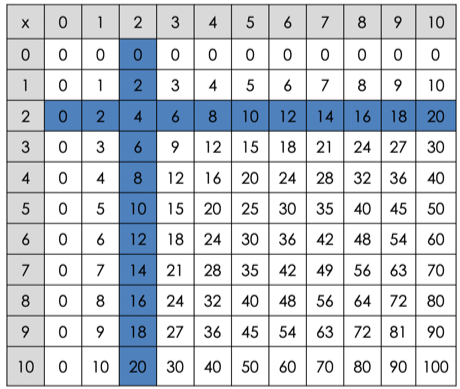
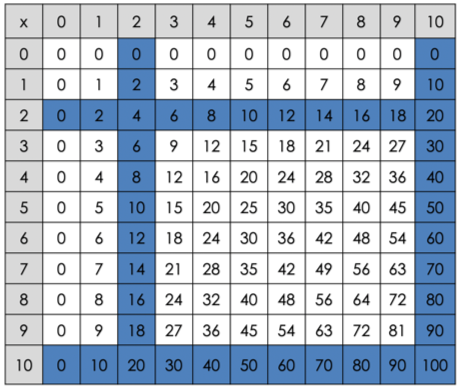
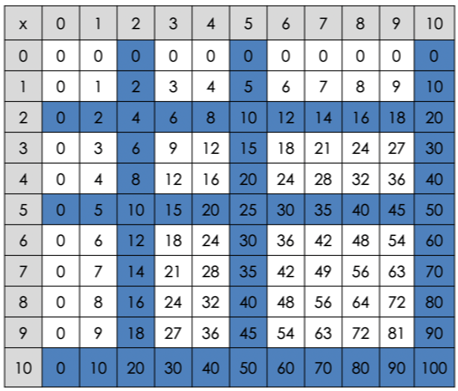

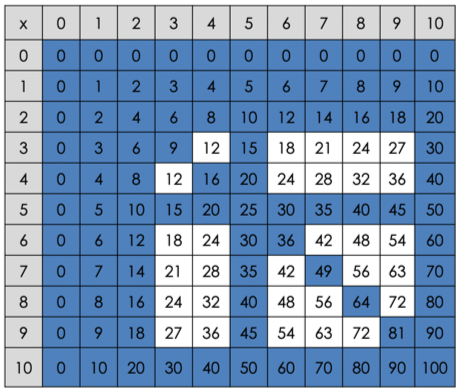
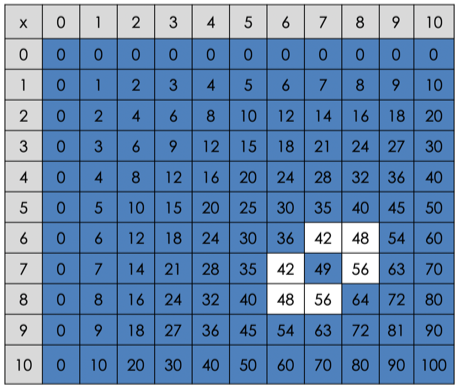
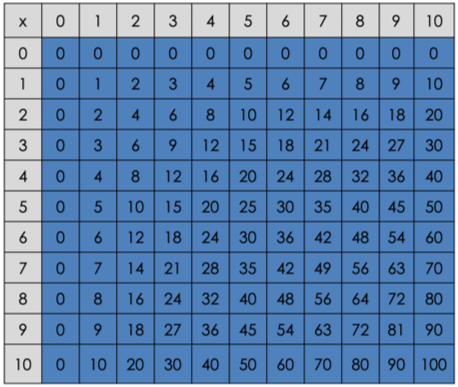







9 Comments
Hey,
I’d like to know your opinion on teaching all facts up to 6X6 first (all the facts can be generated with a set of dice).
Don’t you think there’s a benefit here in terms of “feeling” the numbers (which is easier in smaller numbers) and the kids’ confidence.
Thanks,
Great posts 🙂
I’m a homeschooler who has been homeschooling for 20 years. I stumbled across your blog today in hopes of getting some tips for teaching multiplication facts (as you mention, not all strategies work for all children, so I was feeling as if I was back to square one despite having taught facts plenty times before). Your blog is a big help (I love the multiplication facts teaching sequence and progress chart idea), thanks for all the free resources!
You’re very welcome, Sherri! 🙂
Where do you find the multiplication dice that appears at the top of your page?
We have changed the order we teach multiplication and it has helped our children tremendously! We teach 0, 1, 5, 10, 2, 4, 8, 3, 6, 7, 9, 11, 12. We based it on doubling and halving and it has been very successful.